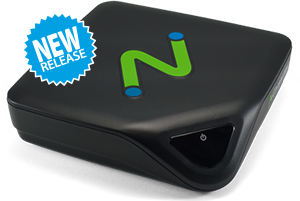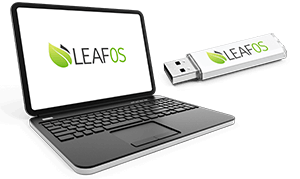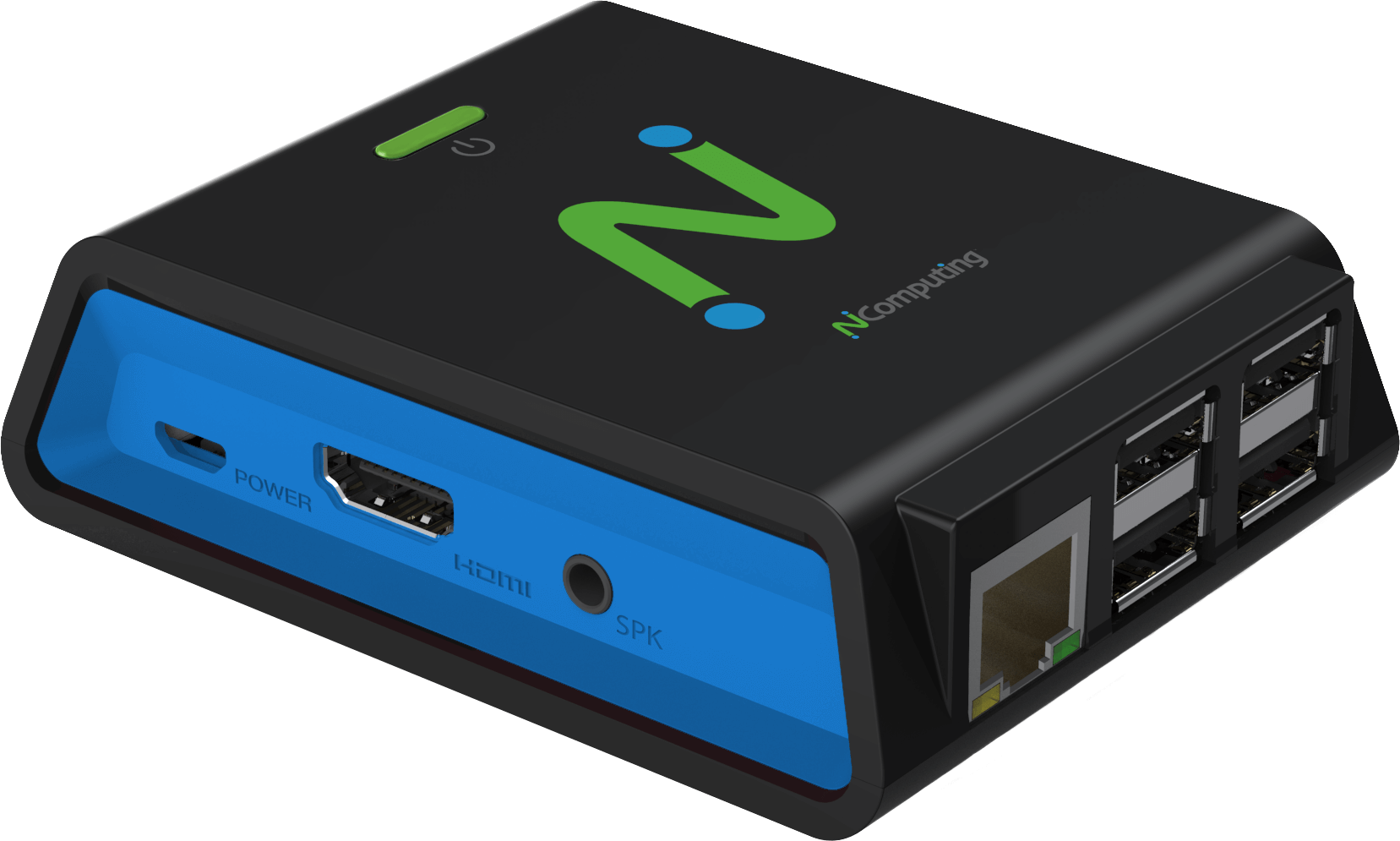
Have you ever wondered why NComputing is building almost all of its thin clients on the ARM architecture rather than using x86-PC solutions like everyone else?
Whether accessing SBC (Server-based Computing) or VDI (Virtual Desktop Infrastructure) backends, the basic idea is centralizing all data storage and computing power in a data-center, creating a secure and flexible work environment. Traditional thin clients typically sell on the promise of offering a small form factor, lower energy consumption, and a simple, stable operating system compared to conventional PCs.
Vendors started to develop customized operating systems and receivers for different connection protocols based mostly on Linux kernels. They complimented these with remote management suites to efficiently manage the clients.
Developers had to choose and focus on a platform architecture. Should they develop for proprietary hardware by selecting one of several available processor platforms or pick a widely used standard architecture. Early on, there was only ONE standard platform in the market—the PC, based on x86 processors.
The PC architecture is overkill for almost all thin client needs. It is not optimized for the task and carries a price point that can be higher than a full PC due to its form factor and lower production volume.
In some cases, companies even use a Microsoft operating system on these "disguised PCs," which increases complexity as IT staff now has to maintain a complex server environment AND an error- and malware-prone operating system on the front end.
For a few years now, innovative vendors have been looking for alternatives and tried to position proprietary platforms as thin clients. All of those had minimal success due to lagging software offerings for receivers and drivers.
Fortunately, a new standard platform based on a robust and inexpensive architecture emerged. The ARM-based Raspberry Pi solution is now in its fourth generation. With millions of units sold and support from thousands of software developers, it offers all the optimization required to build the perfect thin client. Video hardware acceleration and compression, including codecs like H.265, dual-monitor resolutions up to 4k, multiple USB 3 ports, and support for a wide array of computing peripherals make the ARM-based thin clients a clear choice to run any receiver for any protocol.
NComputing saw the opportunity to develop high performing, cost-effective thin clients on the Raspberry Pi platform early on. Today offerings are available for enterprise-class Citrix protocols, SMB solutions like Microsoft RDS and VERDE VDI, as well as educational IT solutions like vSpace Pro.
Today, customers have a choice between Pi-based cost-effective thin clients and legacy PC-based versions.



-menu.png)


